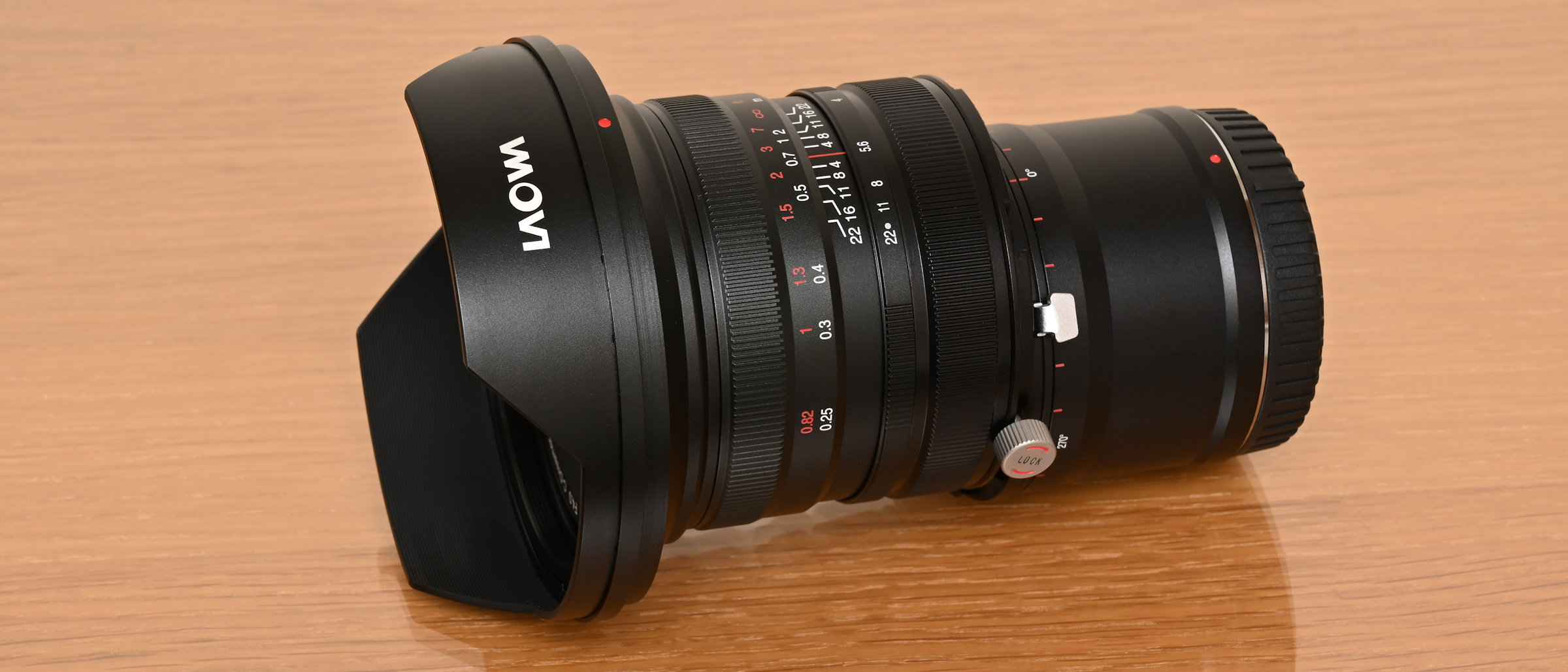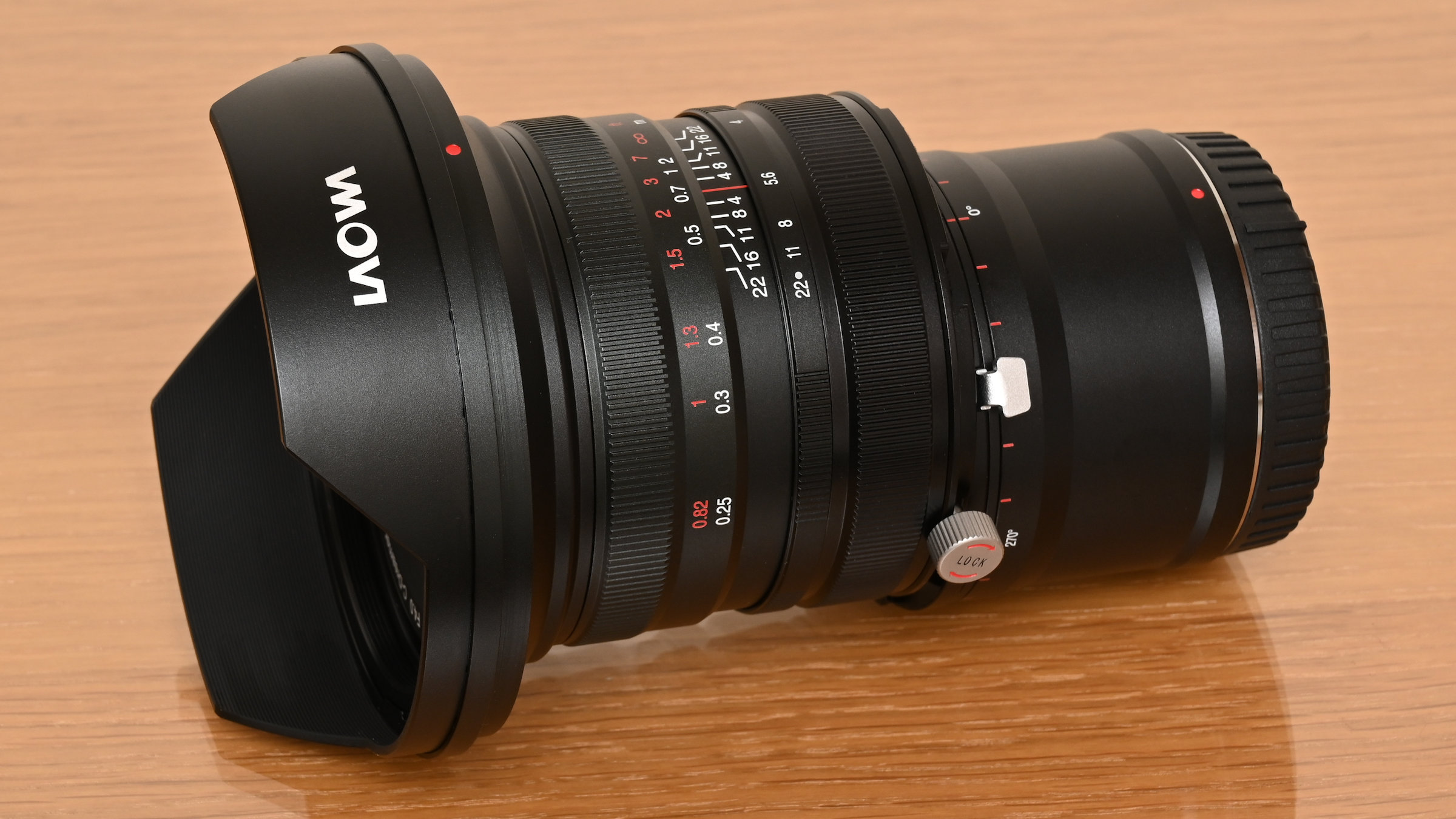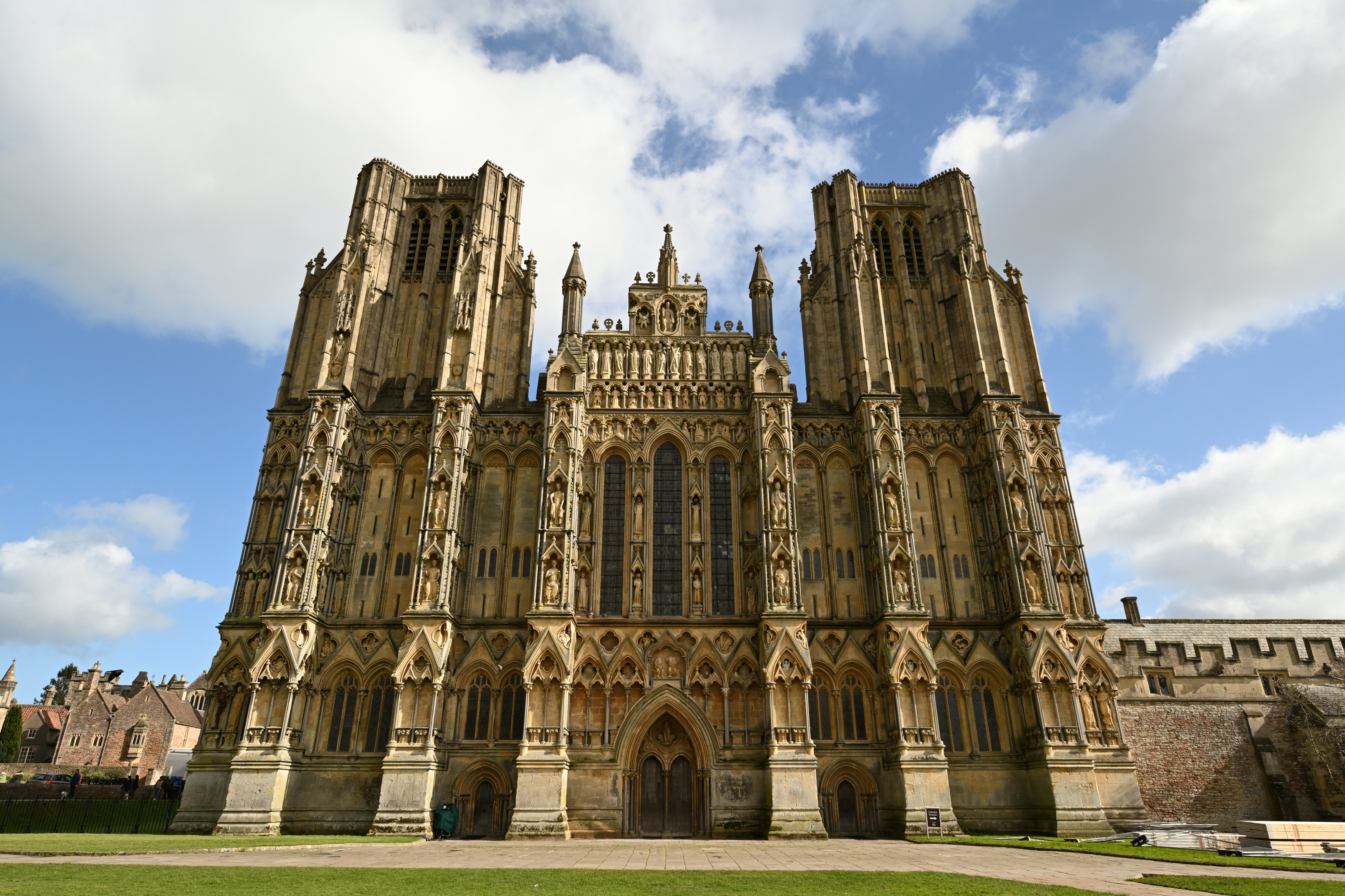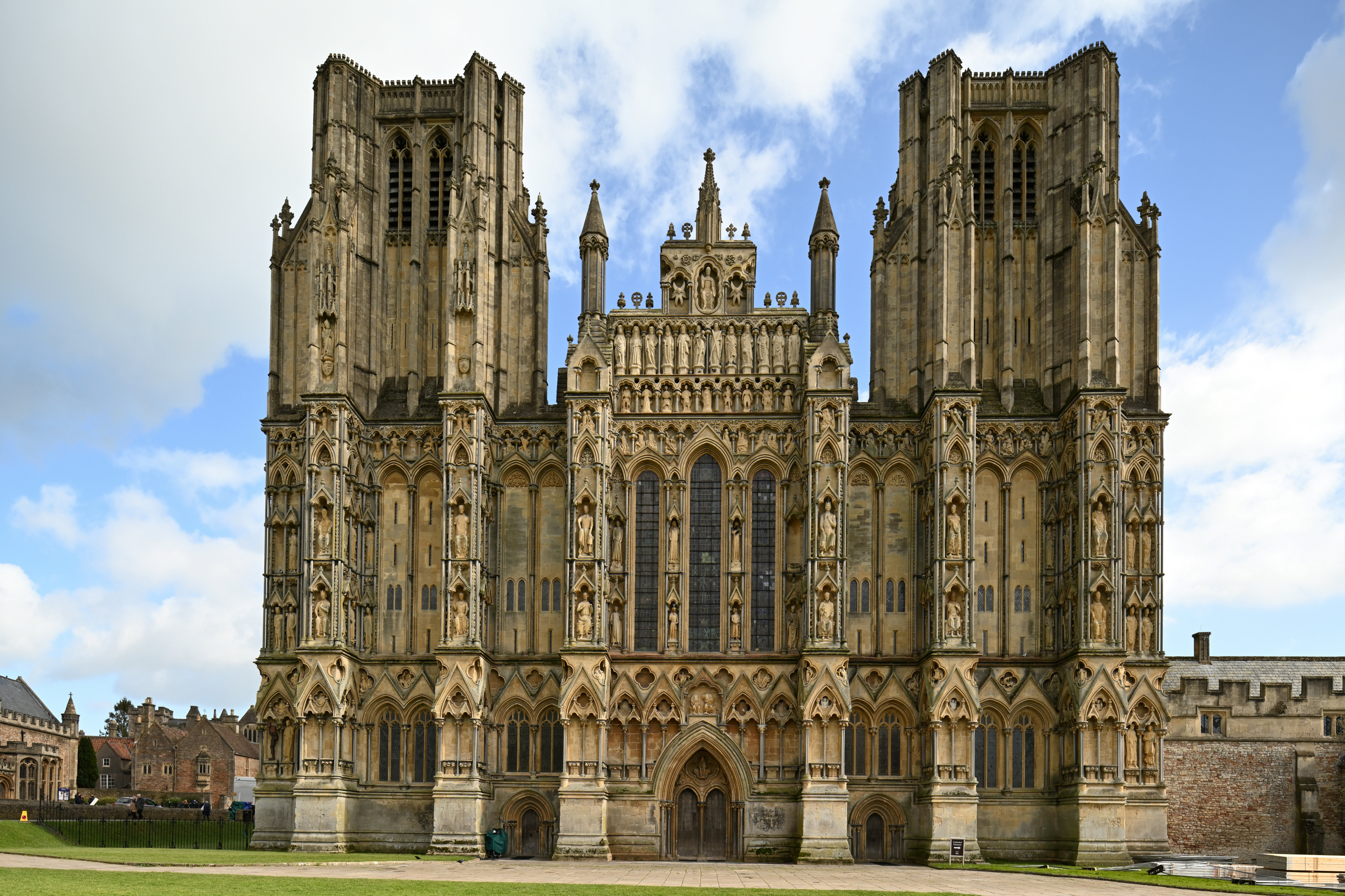Digital Camera World Verdict
Following in the even wider footsteps of the Laowa 15mm f/4.5 Zero-D Shift lens, the Laowa 20mm f/4 Zero-D Shift has a less extreme viewing angle but the same shift facility. Another similarity is that it’s a fully manual lens with no built-in electronics for communication with the host camera, but ‘shift’ photography tends to be a very hands-on affair anyway. The FF S 20mm achieves its goals in fine style and is capable of superb results with relative ease, compared with some tilt-shift lenses, and all at a relatively affordable price.
Pros
- +
Wide range of mount options
- +
Generous shift, easily controllable
- +
Full 360-degree rotation
Cons
- -
No electronics
- -
Not weather-sealed
Why you can trust Digital Camera World
Ideal for architectural photography and more besides, the Laowa 20mm f/4 Zero-D Shift is a wide-angle lens that gives arguably the more important half of the functionality of full tilt-shift or ‘perspective control’ lenses like the Canon TS-E 24mm f/3.5L II and Nikon PC-E 24mm f/3.5D ED. And it does so for about half the price. But what’s the big deal with ‘shift’ anyway?
For the uninitiated, a shift lens delivers an oversized image circle, much larger than the surface area of the host camera’s image sensor. A mechanical mechanism enables you to literally shift the front section of the lens up and down, thus changing the axis of the optical path. A key advantage for architectural photographers is that you can level the camera to avoid tall buildings looking like they’re converging towards the top, then use the shift function to raise your effective shooting elevation, so you can capture the full height of the building without any perspective distortion.
There’s another neat trick you can do with mirrors. By positioning the camera just to the side of a mirror or below it, a shift lens enables you to change your apparent shooting position so that you get a head-on reflection from the mirror, but without the camera appearing in the image. Shift lenses are also great for taking a series of shots for stitching into a panoramic image, as it removes the parallax error you’d get from panning the camera with a regular lens.
What the Laowa doesn’t offer is the ‘tilt’ function of a full tilt-shift lens. This would enable tilting the axis of the focal path relative to the image sensor, giving mighty control over depth of field of field. The omitted tilt function can generally produce anything from a near-limitless depth of field for full front-to-back sharpness in a scene, to a super-thin focus plane, sometimes used to make urban scenes look like model towns.
Specifications
Mount: C EF, C RF, GFX, L, N F, N Z, S E
Full frame: Yes
Autofocus: No
Image stabilization: No
Lens construction: 16 elements in 11 groups
Angle of view: 94.4 degrees, +/-11mm shift
Diaphragm blades: 14
Minimum aperture: f/22
Minimum focusing distance: 0.25m
Maximum magnification ratio: 0.17x
Filter size: 82mm
Dimensions: 109x115mm (inc hood)
Weight: 747g
Key features
For the most part, photographers who want to shoot with a shift lens on a mirrorless camera are limited to using a DSLR-type lens via a mount adapter. The Laowa FF S 20mm extends the options with plentiful mount options that include both Canon EF and Nikon F for DSLRs, plus native mirrorless versions in Canon RF, Nikon Z, Sony FE and Leica L flavors. The last of these is also used in Panasonic and Sigma full-frame mirrorless cameras. There’s also a GFX-mount edition for medium format cameras, albeit with more limited shift range of +/-8mm in the Y-axis, rather than the +/-11mm on offer for full-frame cameras.
Manual focusing is par for the course with shift lenses and, naturally, the amount of shift also needs to be controlled manually. The Laowa’s lack of internal electronics means that you also have to adjust the aperture using the lens’s control ring rather than from the host camera but, since shift photography is such a hands-on process anyway, that’s no real hardship.
The high-grade optical path includes two aspherical elements and three ED (Extra-low Dispersion) elements, the full count totaling 16 elements arranged in 11 groups. The aperture is particularly well rounded, featuring 14 diaphragm blades. As well as controlling shift, you can exaggerate the perspective effect of receding backgrounds by getting in really close to subjects, thanks to a minimum focus distance of 0.25m, less than 6 inches from the front of the lens.
Some tilt-shift lenses, including a number made by Nikon, only allow you to apply shift on one axis, limiting you to either landscape or portrait orientation shooting. By contrast, the Laowa goes beyond even dual-axis shift, offering rotation through a full 360 degrees in 15-degree increments.
Build and handling
Build quality feels solid and sturdy with a mostly metal construction, although the lens doesn’t feature any weather-seals. Tilt-shift lenses are notoriously tricky when it comes to handling but the Laowa does extremely well to keep things simple. The shift function itself is easily controllable via a control ring, rather than the more fiddly screw-drive that’s often featured, and comes complete with a center click-stop and locking screw. Rotation is similarly simple, with 15-degree click stops and a lock-release lever. The lens comes with a bayonet-fit, petal-shaped lens hood and has an 82mm filter attachment thread.
The focus ring is silky-smooth in operation and enables very precise adjustments, especially when using the focus peaking option of mirrorless cameras or a magnified preview in both mirrorless and DSLR bodies. The aperture ring has a similarly smooth action, with barely perceptible click-steps at each full f/stop through the range of f/4 to f/22.
Performance
Image quality is highly impressive. In our real-world tests, the Laowa delivered very good levels of sharpness across the entire image frame, along with very good control over color fringing, ghosting and flare. The level of optical performance was retained very well even at maximum shift, where outer areas of the image circle are brought into play. It’s not as distortion-free as its sibling 15mm f/4.5 Zero-D Shift lens but barrel distortion is nevertheless quite minimal and easy to correct in post processing.
Sample images
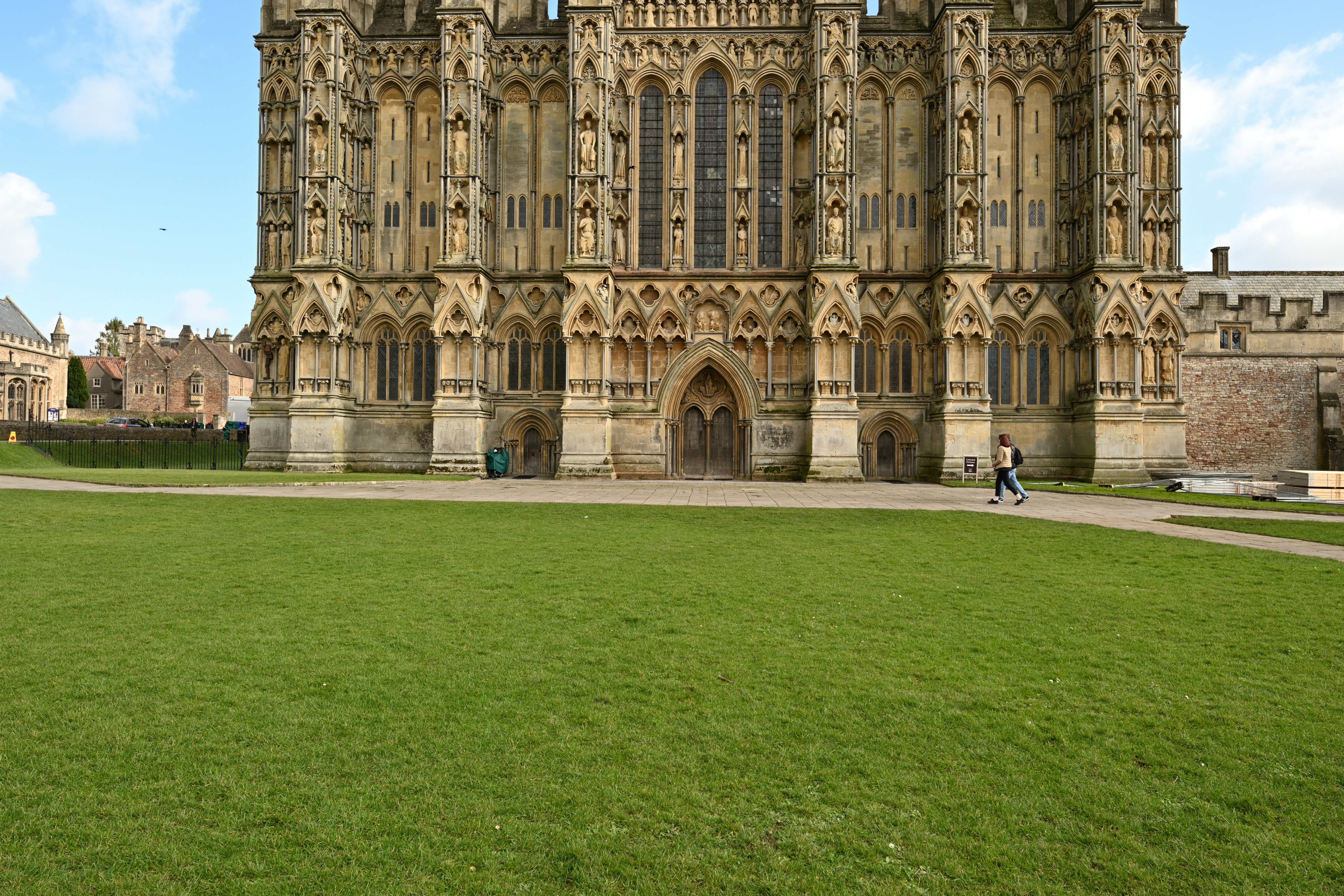
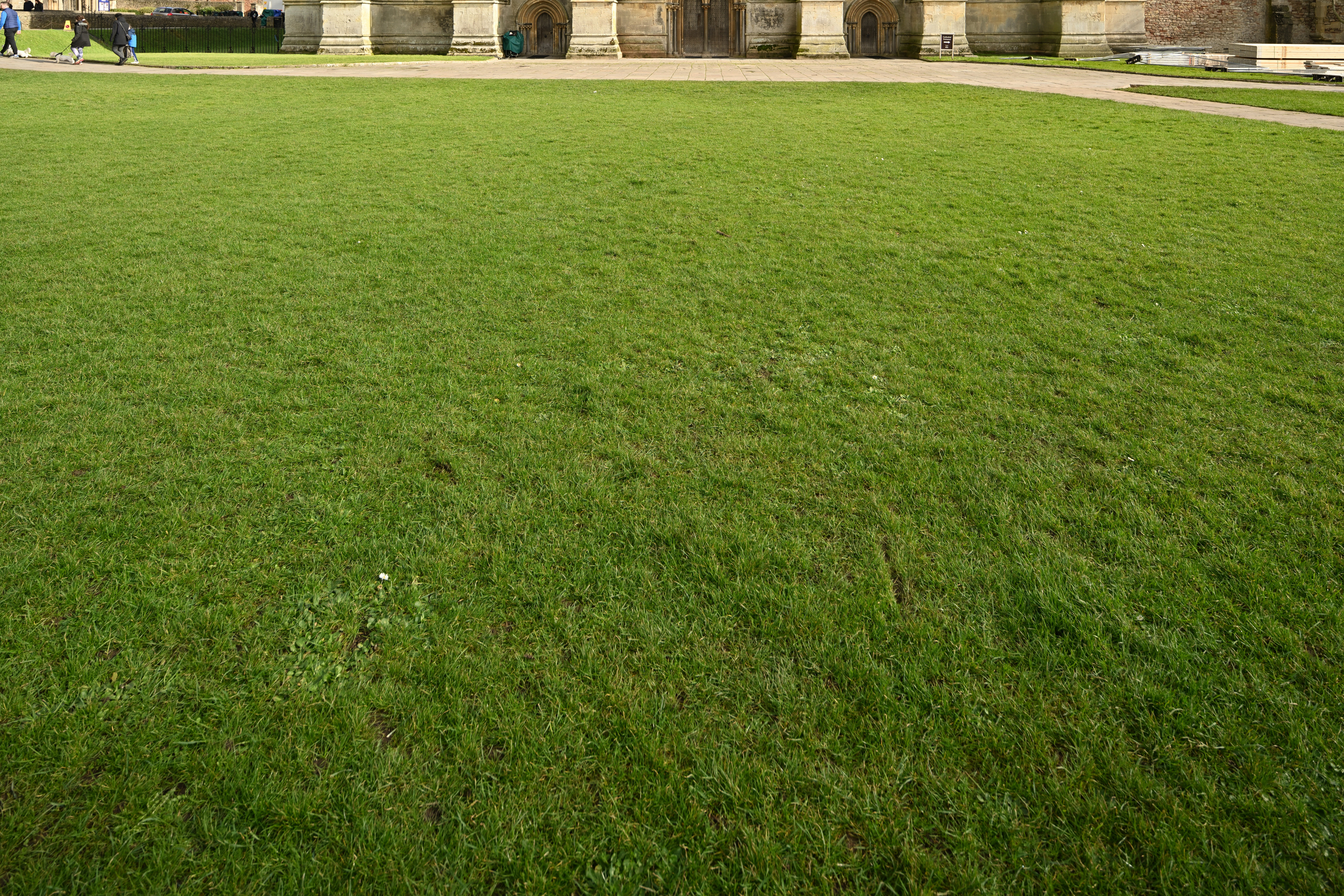
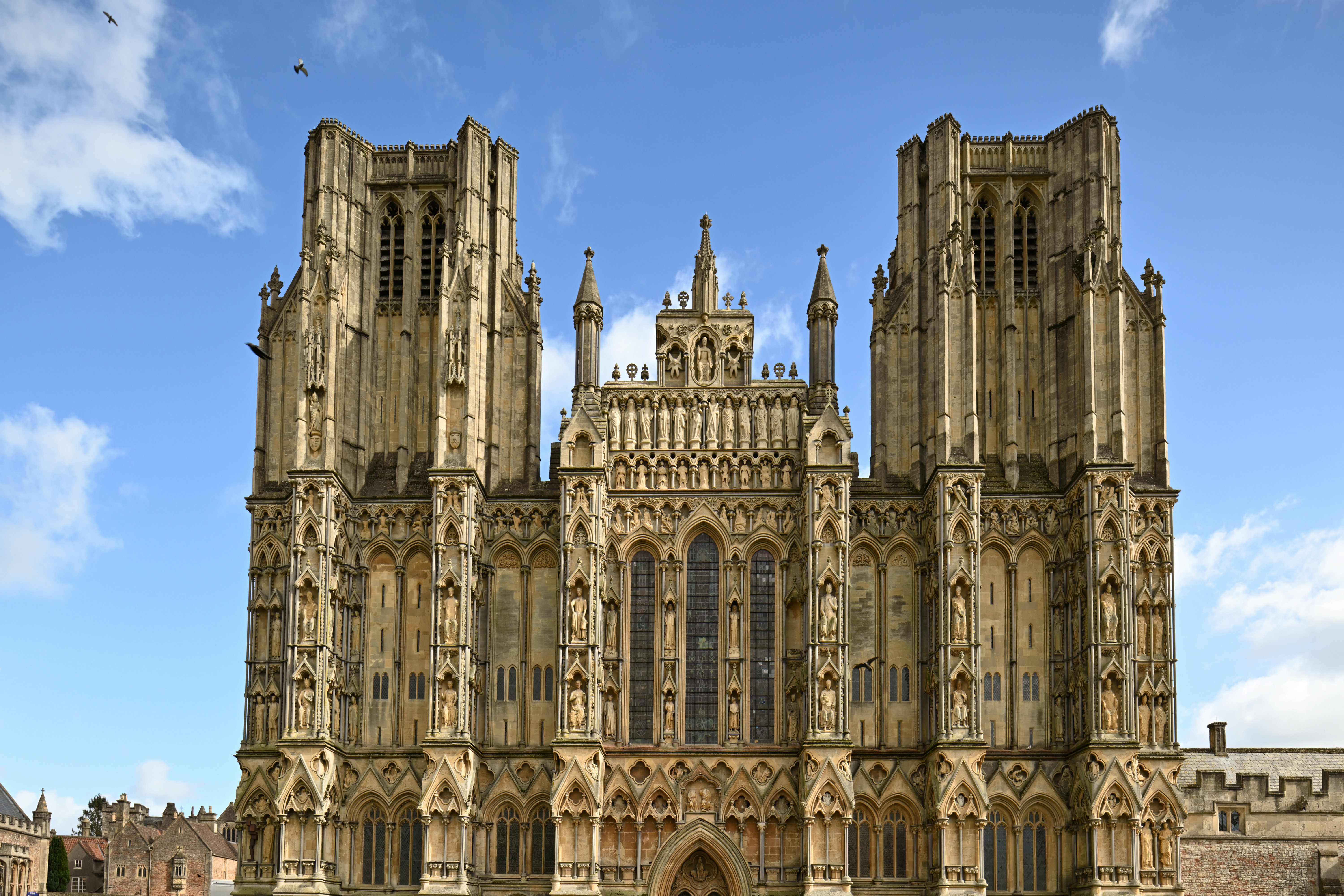
Verdict
Shoot a tall building with the camera pointing upwards using a regular lens, and you’ll inevitably end up with converging vertical lines. You can go some way to correcting the perspective distortion in an image editing app, but with a degradation in image quality accompanied by severe cropping. As well as delivering excellent image quality, the shift function of the Laowa FF S 20mm works really well, giving you great results straight off the camera. The shift function is also uncommonly easy to use, thanks to clever design and good mechanical implementation.
This further enhances the overall performance in practical terms, and makes it very easy to live with. Compared with full tilt-shift lenses, it lacks a tilt facility but, if you’re not interested in depth of field control that goes beyond the limitations of focal length, focus distance and aperture, the Laowa is a great lens at a great price.
The best camera deals, reviews, product advice, and unmissable photography news, direct to your inbox!
How we test lenses
We test lenses using both real world sample images and lab tests. Our lab tests are carried out scientifically in controlled conditions using the Imatest testing suite, which consists of custom charts and analysis software that measures resolution in line widths/picture height, a measurement widely used in lens and camera testing. We find the combination of lab and real-word testing works best, as each reveals different qualities and characteristics. We also publish hands on reviews ahead of full lab tests. These will always be based on actual experience of handling and shooting with the lens.
Read more:
• Best camera lenses to get
• Best Canon lenses
• Best Nikon lenses
• Best Sony lenses
Matthew Richards is a photographer and journalist who has spent years using and reviewing all manner of photo gear. He is Digital Camera World's principal lens reviewer – and has tested more primes and zooms than most people have had hot dinners!
His expertise with equipment doesn’t end there, though. He is also an encyclopedia when it comes to all manner of cameras, camera holsters and bags, flashguns, tripods and heads, printers, papers and inks, and just about anything imaging-related.
In an earlier life he was a broadcast engineer at the BBC, as well as a former editor of PC Guide.
